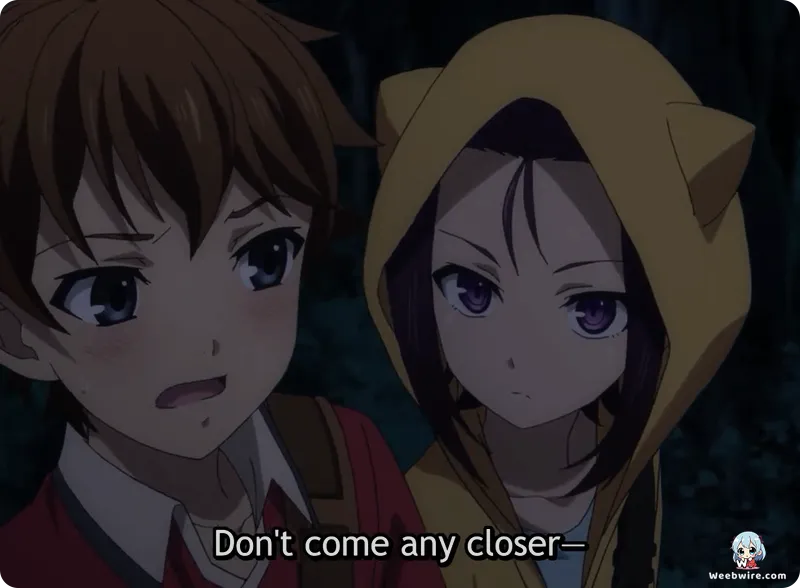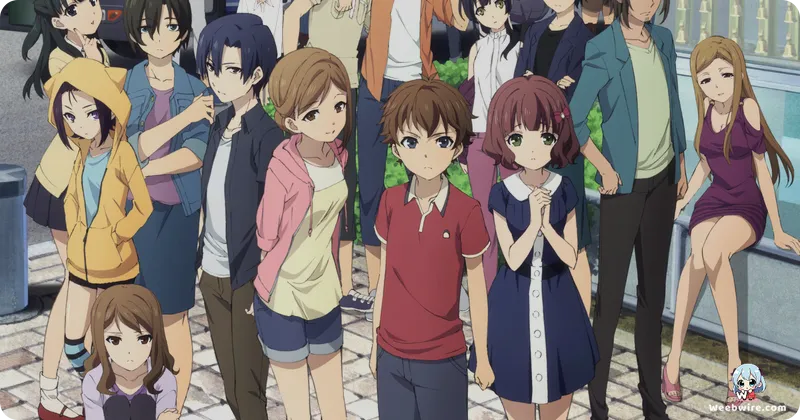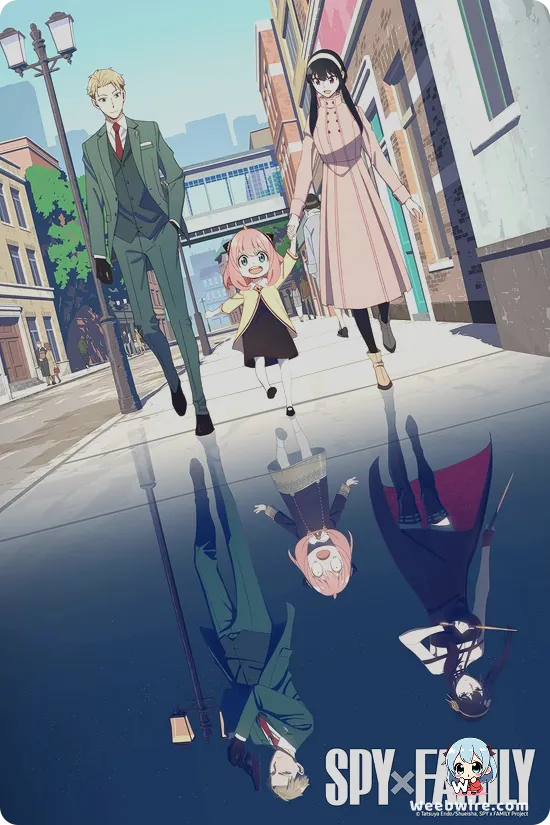The Enduring Enigma of Nanakimura: Why 'The Lost Village' Remains a Divisive Psychological Thriller

Released in 2016, diomedéa's anime series The Lost Village (Mayoiga) immediately carved out a distinctive, often polarizing, niche within the psychological mystery genre. Far from a straightforward horror, it presents a meticulously crafted enigma, brimming with peculiar character dynamics, a deeply unsettling atmosphere, and a core mystery rooted in human trauma. The premise thirty strangers journeying on a bus to the mythical, utopian village of Nanakimura to escape their pasts might seem familiar, but its execution is anything but typical, offering intriguing insights that continue to fascinate fans.
The Ambitious Ensemble Cast
A defining characteristic of The Lost Village is its ambitious ensemble cast. The series introduces a staggering thirty main characters, each with a distinct pseudonym, personality, and a compelling, often dark, reason for seeking a new beginning. While this large cast posed challenges for individual character development within a single season, it deliberately fosters a sense of unpredictable chaos, showcasing a rich tapestry of human reactions under extreme stress. The initial episodes masterfully depict these diverse personalities clashing and conspiring, creating a dynamic akin to a social experiment spiraling out of control.
The Visionary Creative Team
The creative team behind the series adds another layer of fascination. Directed by Tsutomu Mizushima, known for lighter fare like Shirobako and Girls und Panzer, his foray into psychological horror-mystery was a significant, palpable departure. His typically tight pacing and character-driven approach takes on a darker, unsettling tone here, proving his remarkable versatility. Complementing this is the masterful series composition and screenplay by Mari Okada, celebrated for emotionally resonant dramas like Anohana. Okada's signature exploration of deep psychological wounds and intricate human relationships is central, particularly with the 'Nanaki' manifestations of personal trauma and guilt appearing as terrifying entities unique to each individual. This concept allows the series to delve into characters' inner demons, elevating it beyond simple jump scares to a profound examination of coping and unresolved pasts.

A Polarizing Reception
The Lost Village's polarizing reception further highlights its unconventional nature. Praised by some for its bold premise and psychological depth, others found its pacing uneven and character resolutions abrupt. This division underscores the anime's experimental spirit; it challenged conventional storytelling, resulting in a series that either deeply resonated or utterly bewildered its audience. Debates surrounding its conclusion, particularly the characters' fates and Nanakimura's true nature, persist, testifying to its enduring thought-provoking qualities.
Subtle World-Building and Lingering Mystery
Subtle world-building elements, such as distinct Nanaki sound effects and the dreamlike quality of the deserted Nanakimura, significantly contribute to the atmospheric horror. The name 'Nanakimura' (ナナキ村) itself holds linguistic ambiguity, potentially 'Seven Trees Village' or 'Seven Spirits Village,' hinting at its symbolic underpinnings. Character designs, originally by Nao Watanuki and adapted by Naomi Ide, ensured visual distinctiveness for the large cast.
Ultimately, The Lost Village stands as a compelling case study in anime production an original series that dared to be different. It's a psychological thriller that continues to spark discussion and analysis, proving that the most interesting stories often defy easy categorization and leave a lingering sense of mystery.
Credits
The Lost Village
Author
Mari Okada (Series Composition & Screenplay)
Cover Art
Naomi Ide
Studio
diomedéa
Publisher
Pony Canyon
Producers





